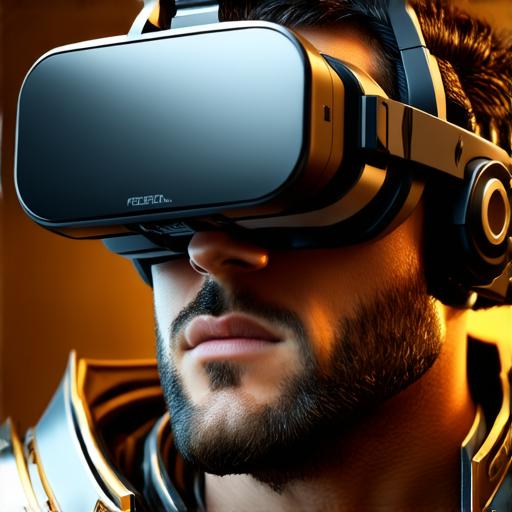
What is the purpose of virtual reality headsets?
Virtual reality (VR) technology has been around for decades, but it’s only in the last few years that we’ve seen a surge in the number of virtual reality headsets available to consumers. As a virtual reality developer, you might be wondering what the purpose of virtual reality headsets is and how they can benefit your work.
Types of Virtual Reality Headsets

There are two main types of virtual reality headsets: standalone and PC-powered. Standalone VR headsets, such as the Oculus Quest 2 and HTC Vive Pro Eye, require no external devices to function. They have built-in displays, cameras, and sensors that track movement, making them easy to use and portable. PC-powered VR headsets, such as the HTC Vive and Oculus Rift, require a computer and a graphics card to run. They offer more processing power and better graphics, but they are less portable and require a dedicated space.
Features of Virtual Reality Headsets
Virtual reality headsets come with a variety of features that aim to create an immersive experience for the user. Some of the key features include:
- Display resolution: The higher the resolution, the more realistic the image and the better the tracking accuracy.
- Field of view (FOV): The wider the FOV, the more immersed the user feels in the virtual environment.
- Eye-tracking technology: Some VR headsets use eye-tracking technology to improve tracking accuracy and reduce motion sickness.
- Haptic feedback: This feature provides tactile sensations that make the user feel like they are physically interacting with the virtual environment.
- Audio: High-quality audio can enhance the immersive experience by providing realistic sound effects and spatial audio.
Potential Uses of Virtual Reality Headsets
Virtual reality headsets have a wide range of potential uses across various industries, including gaming, education, healthcare, and design. Some of the most promising applications include:
- Gaming: VR headsets offer an immersive gaming experience that allows players to feel like they are truly inside the game world.
- Education: Virtual reality can be used to create interactive learning experiences that help students visualize complex concepts and engage with the material in a more meaningful way.
- Healthcare: Virtual reality can be used for therapy, rehabilitation, and medical training. For example, doctors can use VR to simulate surgeries or practice procedures in a safe environment.
- Design: Architects and interior designers can use VR to create realistic 3D models of buildings and environments, allowing clients to experience the design before it’s built.
Summary
In conclusion, virtual reality headsets are an exciting technology that has the potential to revolutionize a wide range of industries. As a virtual reality developer, understanding the purpose of virtual reality headsets and their features can help you create more immersive and engaging experiences for your users. Whether you’re working in gaming, education, healthcare, or design, there are many ways that VR headsets can enhance your work and take your projects to the next level.


